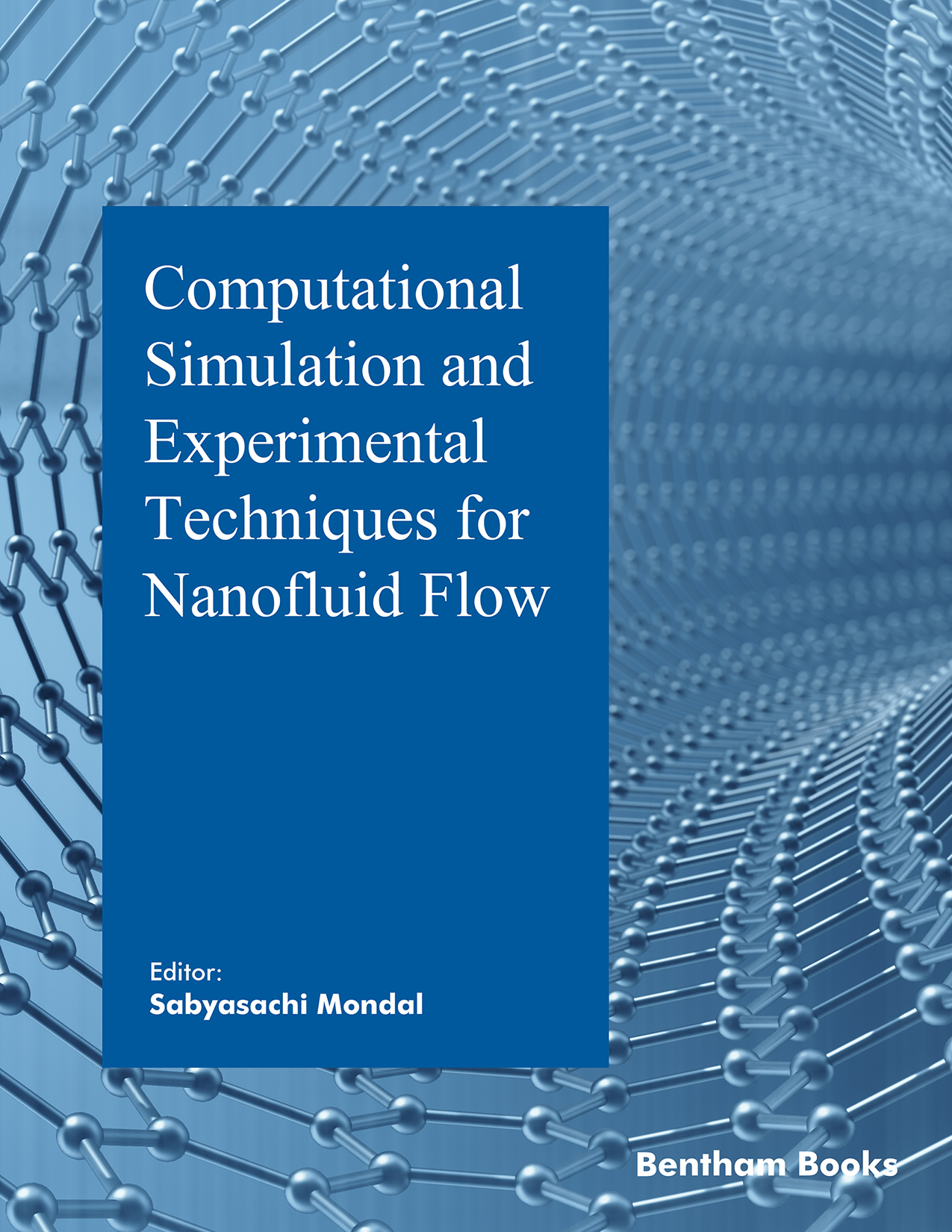Advancements in the field of nanofluid flow have revolutionized numerous industries, ranging from energy and biomedical applications to electronics and manufacturing. The intricate behavior and unique properties of nanofluids have captured the imagination of researchers worldwide, sparking an intense exploration of their fundamental characteristics and practical applications. As a result, the need for comprehensive resources that bridge the gap between computational simulation and experimental techniques has become increasingly evident.
This edited volume, titled "Computational Simulation and Experimental Techniques for Nanofluid Flow," represents a collective effort of distinguished experts and researchers who have devoted themselves to unraveling the complexities of nanofluid dynamics. Drawing on their extensive experience and deep understanding of the subject, these contributors have compiled a rich compendium of knowledge that covers a wide spectrum of topics within this burgeoning field. The book is structured to provide a holistic overview of both computational and experimental methodologies, offering readers a balanced perspective on the subject matter. By exploring the synergies and complementarities between these two approaches, the editor and authors seek to foster a deeper appreciation for the challenges and possibilities that arise when investigating nanofluid flow phenomena.
The first section of the book delves into the theoretical foundations of nanofluid dynamics, providing a comprehensive framework to understand the principles underlying the behavior of nanoparticles in fluid environments. Various aspects of non-Newtonian behavior, hybrid nanofluids, and their daily life applications are discussed in the initial chapters, emphasizing the high heat transfer rates and enhanced thermal conductivity offered by hybrid nanomaterials. Furthermore, novel computational techniques such as the overlapping grid multi-domain bivariate spectral simple iteration method (OMD-BSSIM) are employed to solve hybrid nanofluid flow problems, utilizing the Chebyshev spectral collocation approach to handle the challenges of multi-domain problems.
Continuing with numerical investigations, the subsequent chapters explore the development of theoretical models and computational simulations for nanofluid flow phenomena. The third chapter focuses on the development of a theoretical model solved numerically using the Spectral Quasilinearization method. In the fourth chapter, the impinging oblique flow of nanofluids past a stretching sheet is analyzed, employing a cutting-edge Genetic Algorithm technique to understand the thermal characteristics and heat transport behavior over time. The fifth and sixth chapters concentrate on the behavior of Casson nanofluids and magnetoradiative nanofluids over different sheets, employing distinct numerical methods to solve the respective problems. The final two chapters investigate new nanofluid flow models and utilize the Spectral Quasi-Linearization Method (SQLM) to solve the governing equations, briefly discussing the influence of thermophoresis and Brownian motion.
Summarizing the discussions of all the chapters, the first section of the book establishes the theoretical foundations of nanofluid dynamics, providing a comprehensive framework for understanding the behavior of nanoparticles in fluid environments. Moving forward, the second section focuses on computational simulation techniques employed to study nanofluid flow, showcasing state-of-theart methods such as MATLAB bvp4c, RK Method, cutting-edge Genetic Algorithm, Spectral Quasi-Linearization Method (SQLM), and the overlapping grid multi-domain bivariate spectral simple iteration method (OMD-BSSIM). These discussions shed light on the strengths and limitations of these methods in capturing the intricate behavior of nanofluids. The final section of the book addresses emerging trends and future directions in the field, exploring the potential impact of nanofluid flow on key industries and proposing avenues for further research and innovation.
As the editor, I aim to offer a comprehensive reference that stimulates the imagination, curiosity, and collaborative spirit of researchers, practitioners, and students embarking on their journey into the captivating world of nanofluid flow.
Sabyasachi Mondal
Department of Mathematics
North – Eastern Hill University (NEHU)
Shillong, Meghalaya, India

